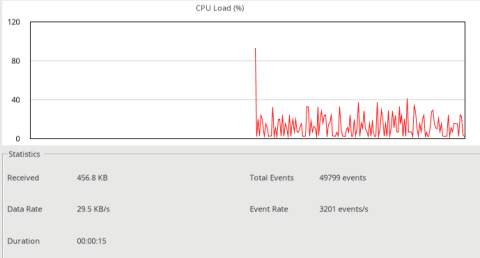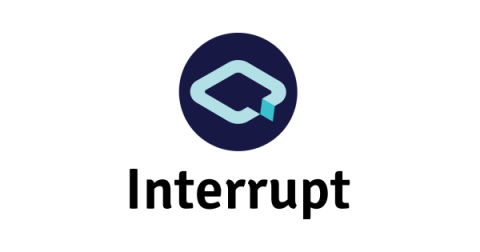Operations | Monitoring | ITSM | DevOps | Cloud
IoT
The Microscope for Embedded Code: How Tracealyzer Revealed Our Bug
Tracealyzer. You can’t stay in the wonderful world of debugging and profiling code without hearing the name. If you look at Percepio’s website, it is compared to the oscilloscopes of embedded code. Use it to peek deep inside your code and see what it does. Of course, the code receives an interrupt and checks a CRC before sending the data through SPI, but how does it do it? And how long does it take?
Efficiently Tracing Zephyr Syscalls
Using Tracealyzer to view applications running on Zephyr RTOS comes with a special challenge: unlike some other microcontroller-oriented real-time operating systems, Zephyr exposes its kernel services via a syscall layer. A syscall is essentially a way to programmatically communicate with the operating system kernel from user level code.
Securing IoMT Devices: Best Practices for Hospitals to Prevent Cyberattacks
The Internet of Medical Things (IoMT) has revolutionized the healthcare industry, connecting medical devices to the internet and allowing for greater patient care. However, with this new technology comes new security threats. Hospitals must be aware of these risks and understand how to find, fix and secure connected medical devices to protect their patients from cyberattacks.
How Technology Revolutionized the Quality Control and Inspection Industry
Exploring printf on Cortex-M
The C printf function is a staple of embedded development. It’s a simple way to get logs or debug statements off the system and into a terminal on the host. This article explores the various ways to get printf on Cortex-M microcontrollers.
Better Embedded Linux Monitoring and Debugging with Memfault
A Simple Scheduler via an Interrupt-driven Actor Model
Using an RTOS is often a tradeoff between the ease of decomposing tasks, with the complexity of the scheduler itself. There exists a middle ground between highly complex systems that may require an RTOS, and simpler ones that can be easily modeled using a super loop.Since ARM is the most popular embedded CPU and almost every ARM processor has a hardware scheduler, it would be interesting to make a compact framework utilizing these features.










